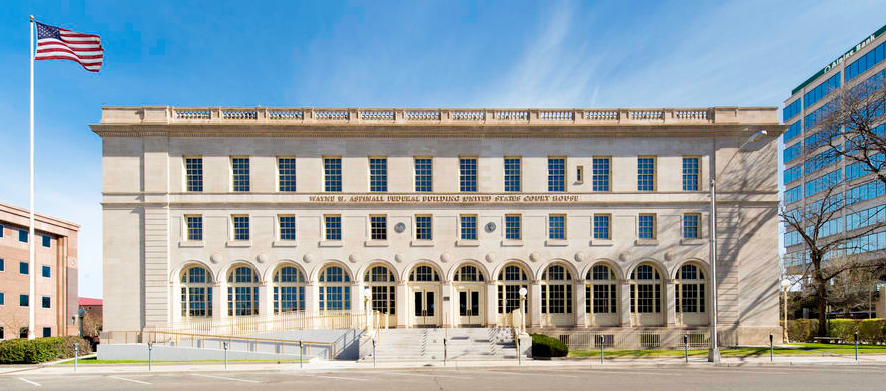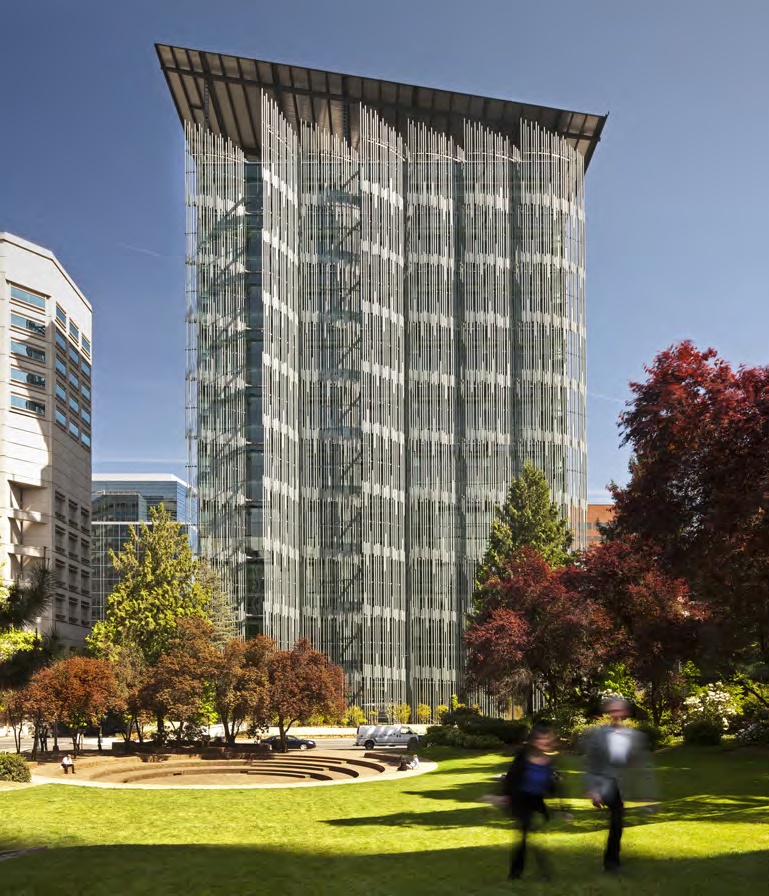
Planning and Engagement Processes
Contracting Officer/ Procurement Professional
The Contracting Officer/Procurement Professional negotiates and secures agreements for goods and services for the design and construction of a building. As a procurement professional, he/she must ensure all purchasing activity is compliant with Federal procurement regulations and guidance.
For category definitions and acronyms, see Collaborative Strategies for Project Teams.

Strong Leadership
Team Culture

Allow bidding teams the opportunity to provide innovative solutions by crafting the request for proposal (RFP) process to integrate clear high-performance building goals within a structure that invites an open dialogue with participating firms on how best to meet (and exceed) these goals. “What we found to be incredibly helpful in the procurement process was allowing the teams that were bidding on the project to provide innovative solutions, pushing this project in terms of its sustainability goals…. Nurturing a process for developing these goals became a positive leadership strategy throughout the project." –Aspinall, RFP Development

For the architects, the chosen team members on the Edith Green-Wendell Wyatt project had to meet two important criteria beyond the designated skill set: an ability to take input from multiple sources and an open mind. Two additional requirements were identified by the GSA for successful team participants on an integrated project: first, a familiarity with each other and a positive dynamic, and second, a passion, desire, and commitment to work together, learn together, and innovate for the good of the project. –EGWW, Team Building & Collaborative Culture

The GSA contracting officer held a peer review during the source-selection process. Since the procurement process was intentionally designed to be interactive, the GSA team left open the possibility that the request for proposal (RFP) responses might improve their understanding of project scope as it was developed post-selection. A member of the design-build team noted, “With design-build, teams have to do a lot of work at the front end to even compete…The designs should, and did, receive feedback and challenges by a really excellent GSA source-selection board during the proposal process.” –Aspinall, RFP Development
Management and Logistics

Because of a shift in the GSA’s policies related to the ARRA, contracting officers were assigned to ARRA projects for the full duration of the project.–FCS, Team Building & Collaborative Culture
Commercial Strategies
Team Culture

The firm-fixed-price contract was chosen over a guaranteed maximum price (GMP) contract. The vice president of Sellen Construction addressed how a firm-fixed-price contract provides more motivation compared to a GMP: “I find people that can bring value to the table. In a GMP, I have to give any value I find back to the owner in the end if the project is brought in under budget.” –FCS, Contract
Individual Behaviors

Contractors were rewarded for meeting goals. Until the building was proven that it met the energy-performance targets, the contracting officer withheld 0.5% of the original contract award from the team. The design-build team understood that the risk of falling short of their energy-performance targets would mean missing out on a portion of the contract. –FCS, Goals & Alignment
Management and Logistics

Subcontractors were issued design-build contracts so that the tradesmen would also be responsible for the design. Essentially, this allowed the architects to complete the design through an “active listening process,” engaged with the trades. This was more efficient than the traditional delivery method in which architects would design independently at first and then later rework the design with input from the trades. –EGWW, BIM & Design Documentation



